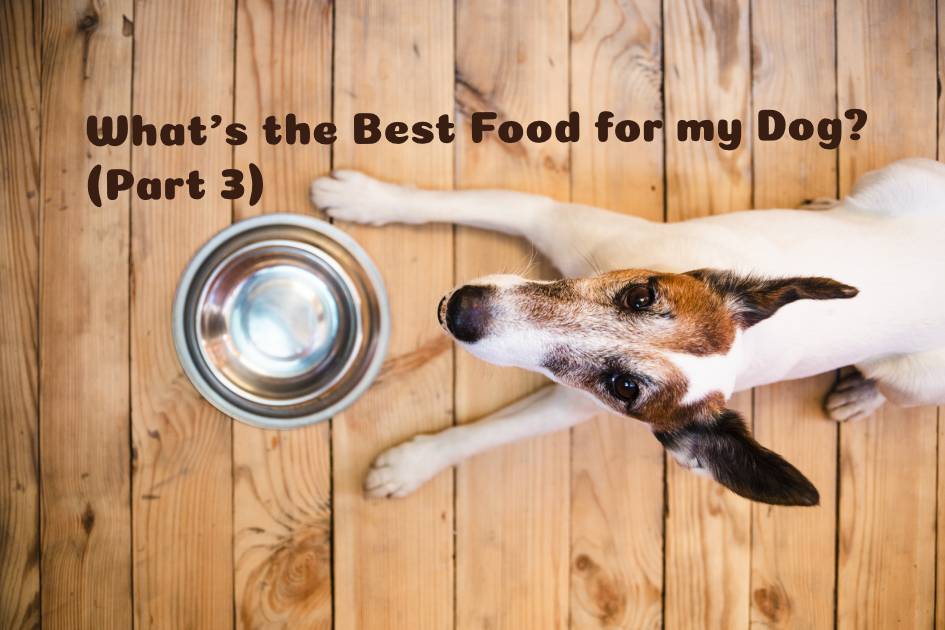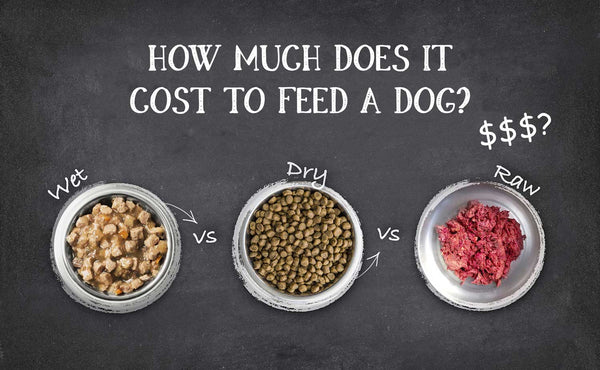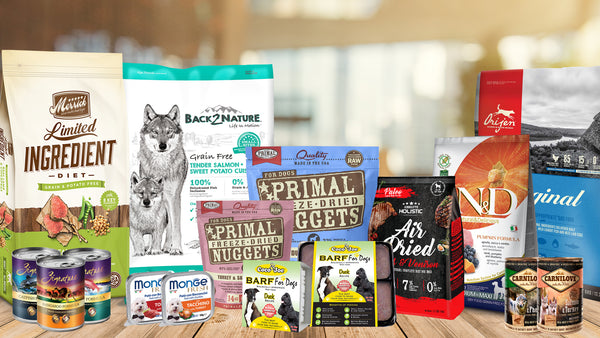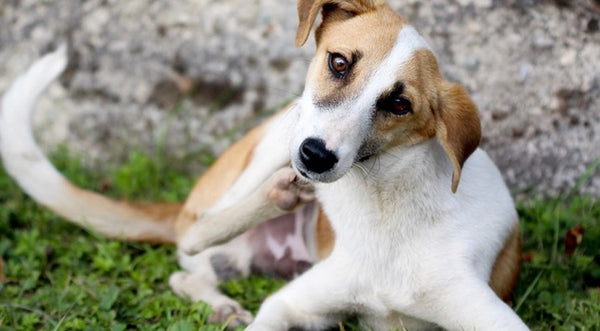What’s The Best Food For My Dog? (Part 3)

In the third part of this blog series, we go through the food options that may be suitable for your specific pet food budget.
Because every individual dog is so different, we believe that there is no universal best pet food. What is great for one dog, may not be good for yours.
Every dog has his/her own preferences, health conditions and/or allergies -- and these things change over the course of their life.
A quick recap of our tadaa! method to finding the best food for YOUR dog:
4 Simple Steps
Step 1) Decide what type of food fits your lifestyle
Step 2) Figure out your monthly budget
Step 3) Try each food within your budget
Step 4) Check your dog’s fur and poo condition
Now we will go into more detail about the brands that you can consider within each budget range.
Not All Foods are Made Equal
When you set a budget, figure out how much you have available to spend on your pet each month/week. Read our blog on budgeting for different types of pet food.
Setting a time-based budget, instead of budget per bag/pack of food, is important because no two foods are made alike in terms of ingredient-quality and nutrient-density.
If a 2kg bag of Formula A costs RM65 (for example) and a 2kg bag of Formula B costs RM50, it may still work out to be cheaper to feed Formula A because it is more nutrient-dense and as such, your dog needs to eat less to get the same amount of nutrition.
So when you are comparing prices, you should check the feeding guide for how much you need to feed your pet each day. This is how we have worked out the estimates below.
Monthly Cost of Feeding a Dog
This table depicts how much it would cost to feed your dog for 30 days across different brands and types of food.
| Cost/month in RM | 5kg Dog | 10kg Dog | 20kg Dog | 30kg Dog |
|---|---|---|---|---|
| Dry Food | ||||
| Eukanuba | 45 | 73 | 118 | 155 |
| Alps Natural | 47 | 78 | 129 | 172 |
| BritCare | 49 | 95 | 159 | 220 |
| BritFresh | 52 | 91 | 149 | 201 |
| Oven-Baked Tradition | 53 | 92 | 152 | 195 |
| A La Carte | 54 | 107 | 143 | 183 |
| Farmina Ancestral | 59 | 100 | 168 | 231 |
| Hill's Science Diet | 61 | 95 | 164 | 225 |
| Farmina Ecopet | 60 | 105 | 174 | 239 |
| Carnilove | 64 | 106 | 178 | 238 |
| Blackwood | 67 | 126 | 218 | 324 |
| Back2Nature | 67 | 128 | 200 | 263 |
| Happy Dog | 77 | 130 | 230 | 311 |
| Farmina Pumpkin | 83 | 140 | 236 | 320 |
| Orijen | 93 | 164 | 185 | 367 |
| Oceanique | 113 | 192 | 322 | 445 |
| Acana | 122 | 184 | 287 | 398 |
| Addiction | 122 | 194 | 355 | 448 |
| Wet Food | ||||
| Canine's Recipe | 120 | 240 | 480 | 720 |
| Brit Pate & Meat | 167 | 267 | 445 | 601 |
| Natural Balance | 162 | 324 | 648 | 972 |
| Zignature | 304 | 405 | 608 | 1013 |
| Carnilove | 250 | 292 | 375 | 500 |
| Hill's Science Diet | 527 | 878 | 1404 | 1931 |
| Zealandia | 570 | 855 | 1482 | 1938 |
| Raw | ||||
| Coco&Joe | 124 | 248 | 495 | 743 |
| Freeze-Dried | ||||
| Primal Nuggets | 358 | 805 | 1609 | 2324 |
| Dehydrated/Air Dried | ||||
| Absolute Holistic | 191 | 382 | 764 | 1274 |
| Addiction | 442 | 574 | 1148 | 1767 |
These are estimates, based on the feeding guidelines provided by manufacturers for the weight maintenance of normal-active dogs.
Because this differs according to ingredients and formulation, we would suggest to always check the feeding guides on how much to feed when you change brands.
If you have an inactive or overweight dog that does not need to eat as much, it would cost you less in general. As for active or working dogs, as well as puppies, they might need to eat more and this could increase your cost of food too.
These estimates are based on the cost of the largest bags of food made by each individual brand; this varies from 8kg and 10kg to 15kg for some brands. If you prefer to buy in smaller packages, be prepared to pay slightly more in terms of cost per kg.
Note: This is not an exhaustive list of brands. You will be able to find many more options and new brands too from time to time.
How to Choose?
|
Because every pet is different, finding a suitable food is a very personal journey and could be a lifelong process. |
Identify a few brands within your budget, and try them out 1 by 1. For a start, choose 1 formula and let your dog try it for at least 4-6 weeks.
Why 4-6 weeks? It often takes time to see the effects of good nutrition on your dog’s skin and coat. So try not to change foods too quickly before you have had the time to see this change in your dog’s health.
In the meantime, you will be able to evaluate the health of your dog’s poo in a much shorter time period and this is also an important marker of the food’s digestibility and suitability for your dog.
If you find certain brands or formulas suit your dog better, we recommend for you to rotate between these brands or formulas so that your dog gets a good variety over time.
If your dog does not have a sensitive tummy, there is no harm in switching brands or formulas every few months as long as you make sure to transition over a week period. So don’t be afraid to try a new brand if it looks good and fits your budget.
Need help? Feel free to get in touch!
Note:
The prices you see in the list do not necessarily reflect the quality of ingredients or formulation expertise. All prices calculated at recommended retail price, not including seasonal promotions or discounts.
Image Credit: Freepik
Leave a comment
Comments will be approved before showing up.
Also in Food

What’s The Best Food For My Dog? (Part 2)

What’s The Best Food For My Dog? (Part 1)



